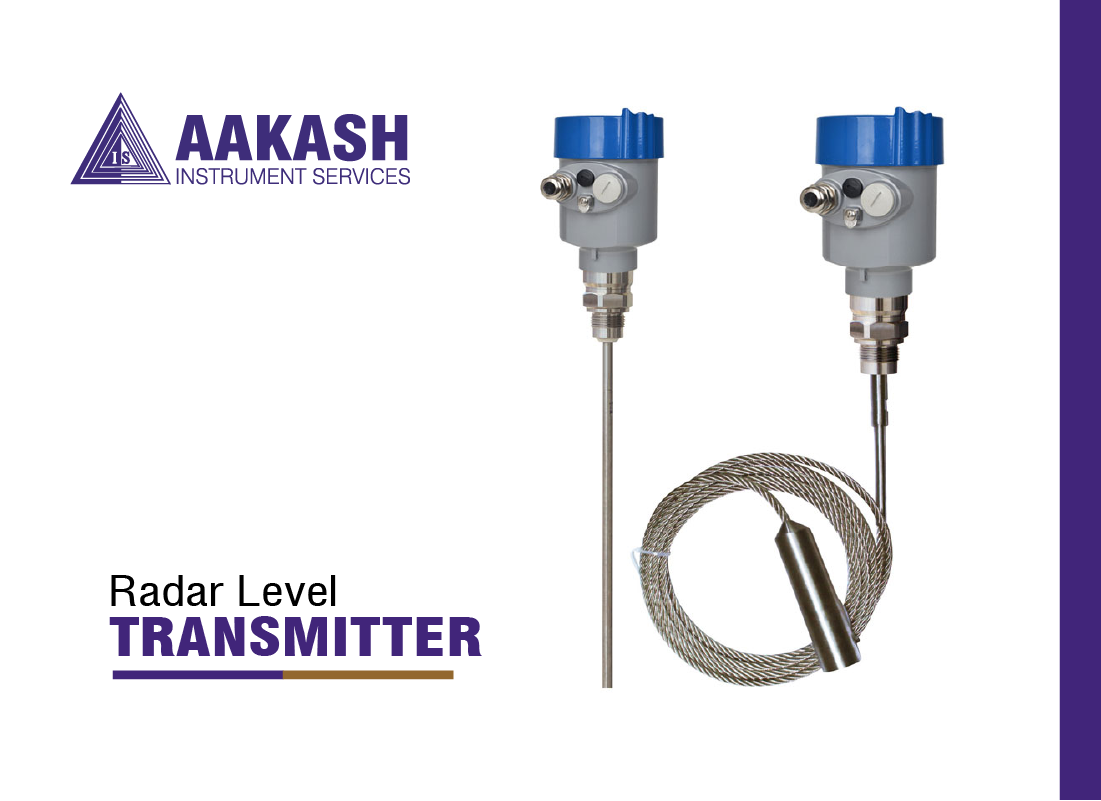We're here to assist you with any questions, concerns, or inquiries you may have.

Radar level transmitters are electronic devices utilized for measuring fluid levels. As their name implies, these transmitters employ radar technology to detect fluid levels. Operating within the microwave X-band bandwidth at a frequency of 10GHz, they rely on electromagnetic waves for their functionality. These non-contact level measurement devices have become increasingly important in industries such as mining, boiler technologies, and paper and pulp industries. In this two-part blog, we will delve into the workings of these transmitters and explore the reasons behind their widespread adoption in various sectors.

1. Compact antenna size for easy installation.2. Operates without physical contact, preventing wear and pollution.3. Highly resistant to corrosion and bubble formation.4. Unaffected by water vapor, temperature, and pressure changes.5. Performs with minimal impact in dusty environments.6. Superior reflection from solid surfaces due to shorter wavelength.7. Narrow beam angle enhances echo capabilities.
1. Frequency range: Defines the transmission frequency for accurate level measurement.2. Measuring range: Defines the distance the transmitter can detect levels within a tank or vessel.3. Accuracy: Defines the precision of level readings.4. Temperature range: Specifies optimal operating conditions for the transmitter.5. Process pressure: Outlines the pressures the transmitter can withstand while maintaining accurate level measurements.6. Signal output options: Details communication interfaces for transmitting level data to control systems.7. Understanding and adhering to these specifications is crucial for efficient level monitoring in industrial applications.
There are two types of radar level transmitters: guided wave and non-contact. Guided wave transmitters use a probe to guide radio waves into process media, providing accurate and reliable level measurements. Non-contact transmitters use a high-frequency microwave signal, affecting performance. Both types are suitable for low dielectric constant media and offer reliable performance with high accuracy up to 1mm. They can be programmed with tank height and have various antenna options.